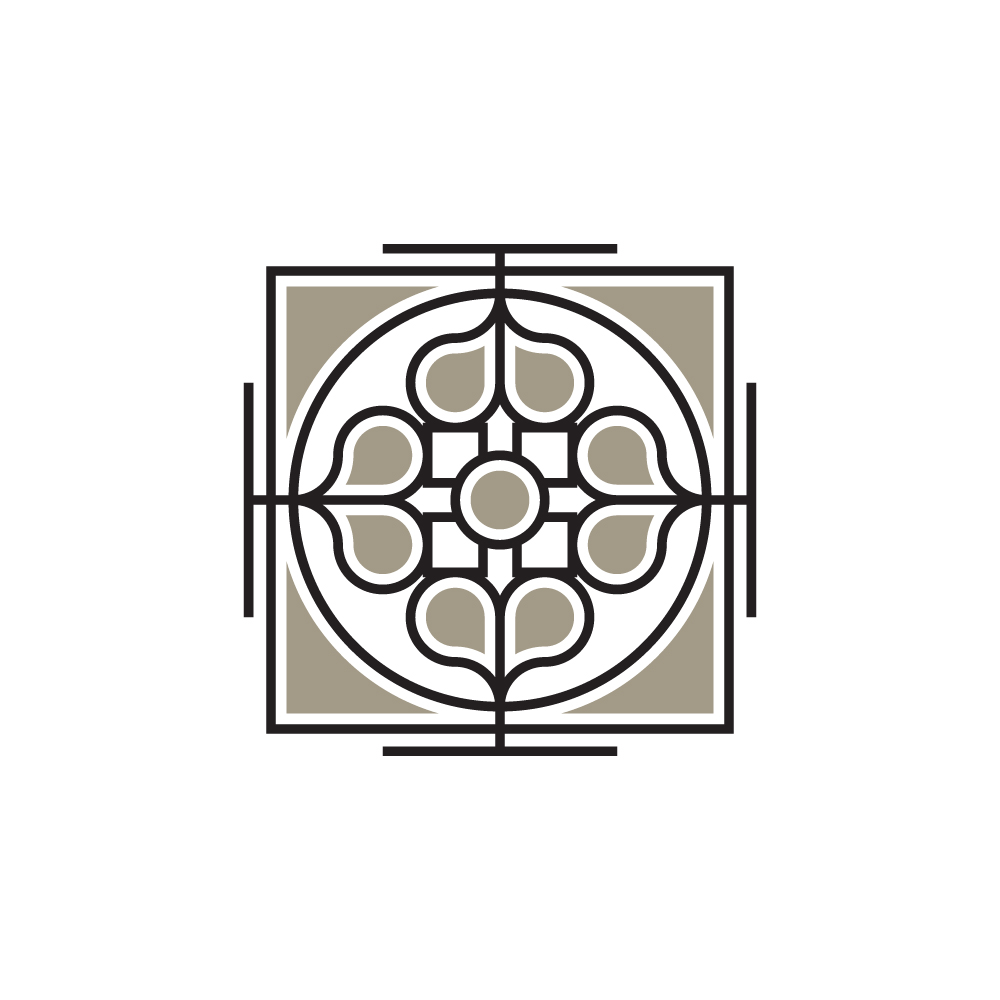

Fascia: A renewed lens for remedial massage and combining Ancient knowledge with a western perspective.
Remedial bodywork has typically been lumped into the category of the go to treatment for the body in crisis or on the sports field.
But what is a remedial bodywork treatment? Let’s break it down to understand what a remedial treatment is and how it differs to other bodywork treatments.
Remedial – as the name invokes – is seeking a manual remedy, using the Western medical system to target issues in the musculoskeletal system. This includes:
- Muscles
- Bones
- Joints
- Sinew (tendons and ligaments)
- Fascia
- And as a secondary effect; the lymphatic system, the integumentary system (skin), and the nervous system (neuro pathways).
Receiving a Western remedial bodywork treatment in a Traditional Chinese Medicine Clinic will naturally evoke a blended, multidisciplinary understanding of the body and an ability to diagnose musculoskeletal issues from an Eastern and Western perspective to provide a deeper healing tracing problems to the root cause rather than quick fixes that quickly resurface.
One of the strongholds of traditional Chinese Medicine is the understanding of fascia and it’s importance in our health and vitality. Only in the 21st century has the Western medical system acknowledged fascia and its importance in treating muscular skeletal pain.
Fascia is the thin casing of connective tissue that surrounds and holds every organ, blood vessel, bone, nerve fibre and muscle in place. The tissue does more than provide internal structure; fascia has nerves that make it almost as sensitive as skin. When stressed, it tightens up. Fascia is made up of multiple layers with liquid in between called hyaluronan. It’s designed to stretch as you move. But there are certain things that cause fascia to thicken and become sticky. When it dries up and tightens around muscles, it can limit mobility and cause painful knots to develop. Fascia can be likened to a web or net covering our body from the tips of the toes to the crown of the head.
And whereas muscular pain is situated in a specific, localized area, feel quite like bruising, burning or a deep pain, fascial pain is broad and light on touch and can be smoothed out far easier than a muscle in spasm.
Ancient Acupuncturists knew the importance of fascia as needles used in Chinese Medicine would only penetrate to the fascia level to untie knots and blockages in this web to allow the unimpeded flow of fluids, nerve impingement, and musculoskeletal health.
How treating fascia differs from treating muscular pain? It is a lighter touch using a multi-modality method to treat tight fascia effectively. Stretching, pulling, rolling, binding, slow long, sustained pressure, the application of heat and gentle kneading to release tension in the superficial connective tissue.
Home care can include; yoga therapy, light superficial massage, heat packs or moxibustion therapy, home rollers and shakti mats.
